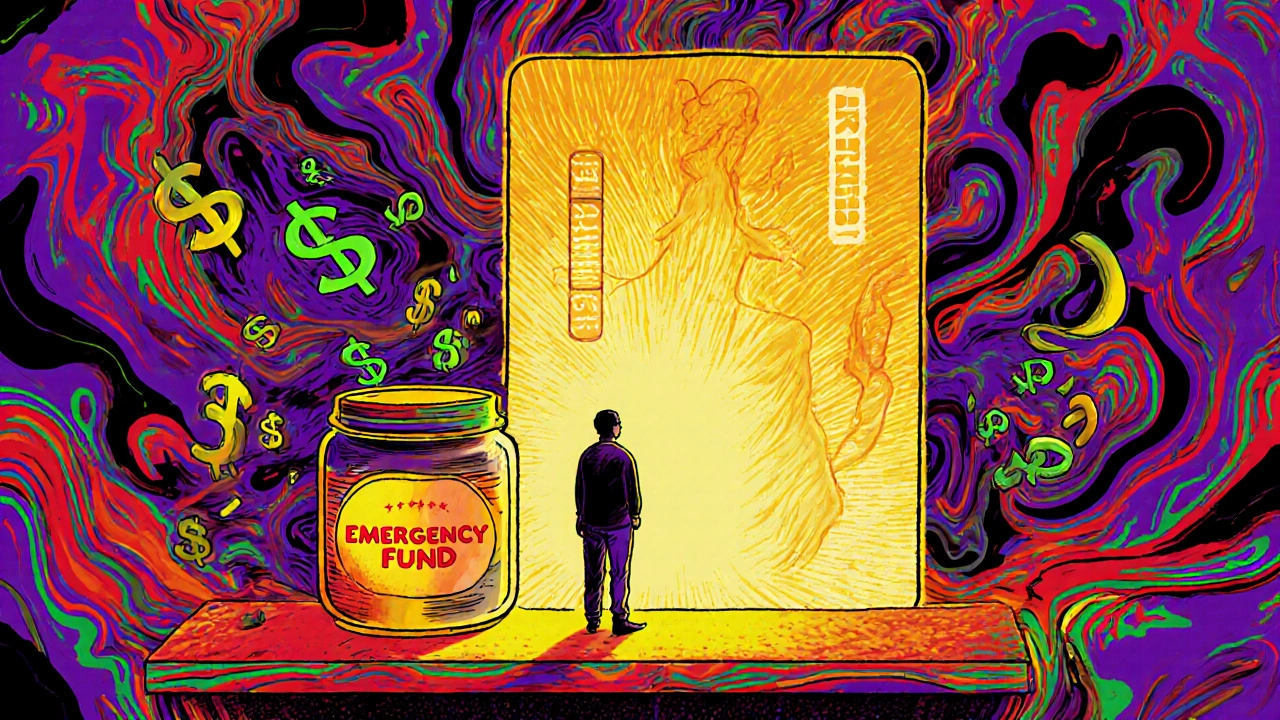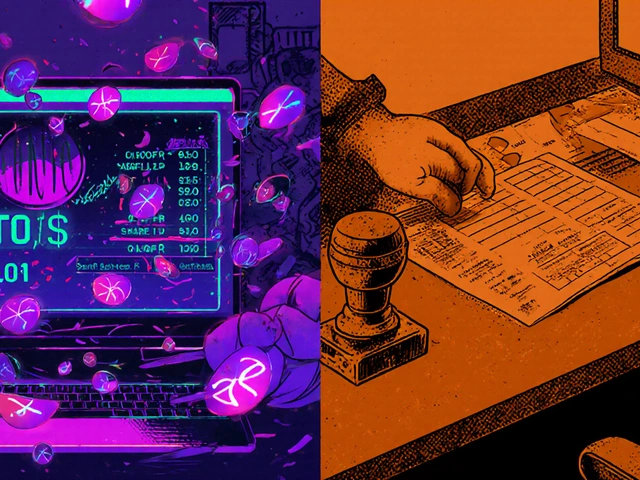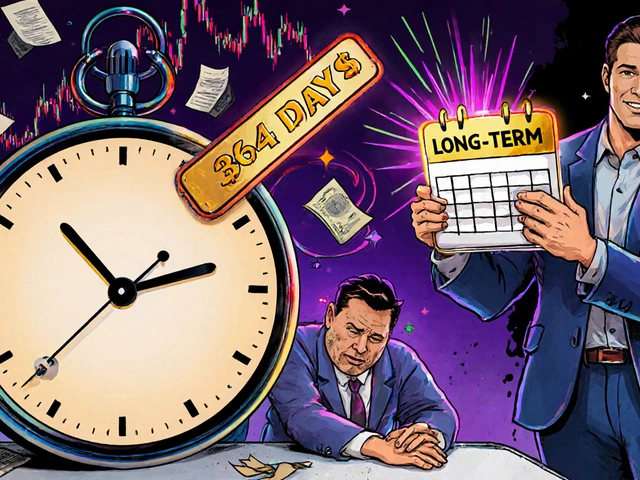Financial Safety Net: How to Build Real Protection Against Unexpected Money Crises
When life throws a curveball—like a sudden job loss, a broken-down car, or an emergency room bill—a financial safety net, a buffer of accessible cash and low-risk assets designed to cover unexpected expenses without forcing you into debt. Also known as an emergency fund, it’s not about having extra money lying around—it’s about knowing you won’t panic when something breaks. Most people think they have one, but if you’d have to sell stocks, tap credit cards, or borrow from family to pay your rent next month, you don’t. Real safety nets don’t rely on market gains or future paychecks. They’re built with cash you can touch today.
A strong financial safety net, a buffer of accessible cash and low-risk assets designed to cover unexpected expenses without forcing you into debt. Also known as an emergency fund, it’s not about having extra money lying around—it’s about knowing you won’t panic when something breaks. isn’t just savings. It’s layered. At the base, you need liquidity, how quickly you can turn assets into cash without losing value—think checking or high-yield savings accounts. Then comes debt management, the strategy of reducing high-interest obligations so they don’t eat into your buffer. If you’re still paying 18% on credit cards, no amount of savings will feel safe. And above that? A diversified portfolio, a mix of assets that don’t all move in the same direction, reducing the risk of total loss that includes government bonds and short-term Treasuries. These aren’t for growth—they’re for stability when the stock market drops.
You don’t need $100,000. You need enough to cover three to six months of bare-bones living—rent, food, utilities, minimum debt payments. That’s it. The rest is noise. What matters is that it’s separate from your everyday spending, untouched unless it’s real emergency, and easy to access. If your safety net is locked in a 401(k) or buried under crypto, it’s not a net—it’s a trap.
Look at the posts below. You’ll find how to build that cash buffer without sacrificing your goals, how to use U.S. Treasury bills as part of your safety layer, how to protect your identity so you don’t get hit with fraud costs, and how to stop debt from swallowing your progress. This isn’t theory. It’s what works when you’re tired of living paycheck to paycheck—and ready to finally sleep through the night.





